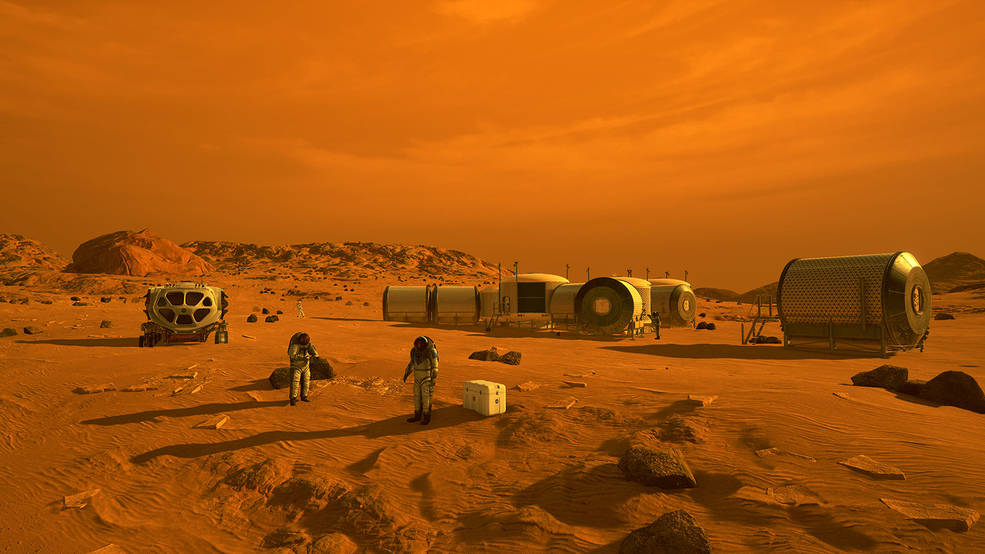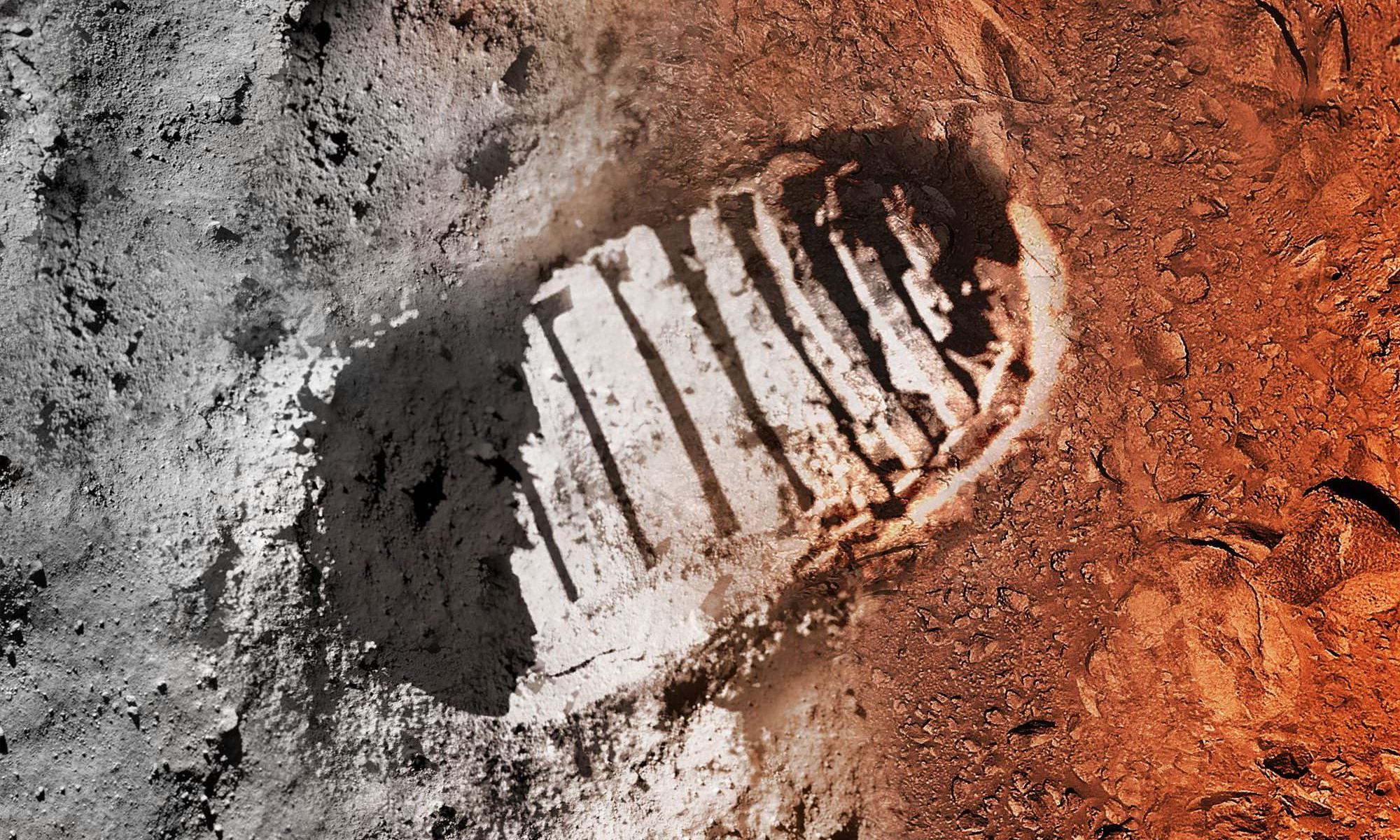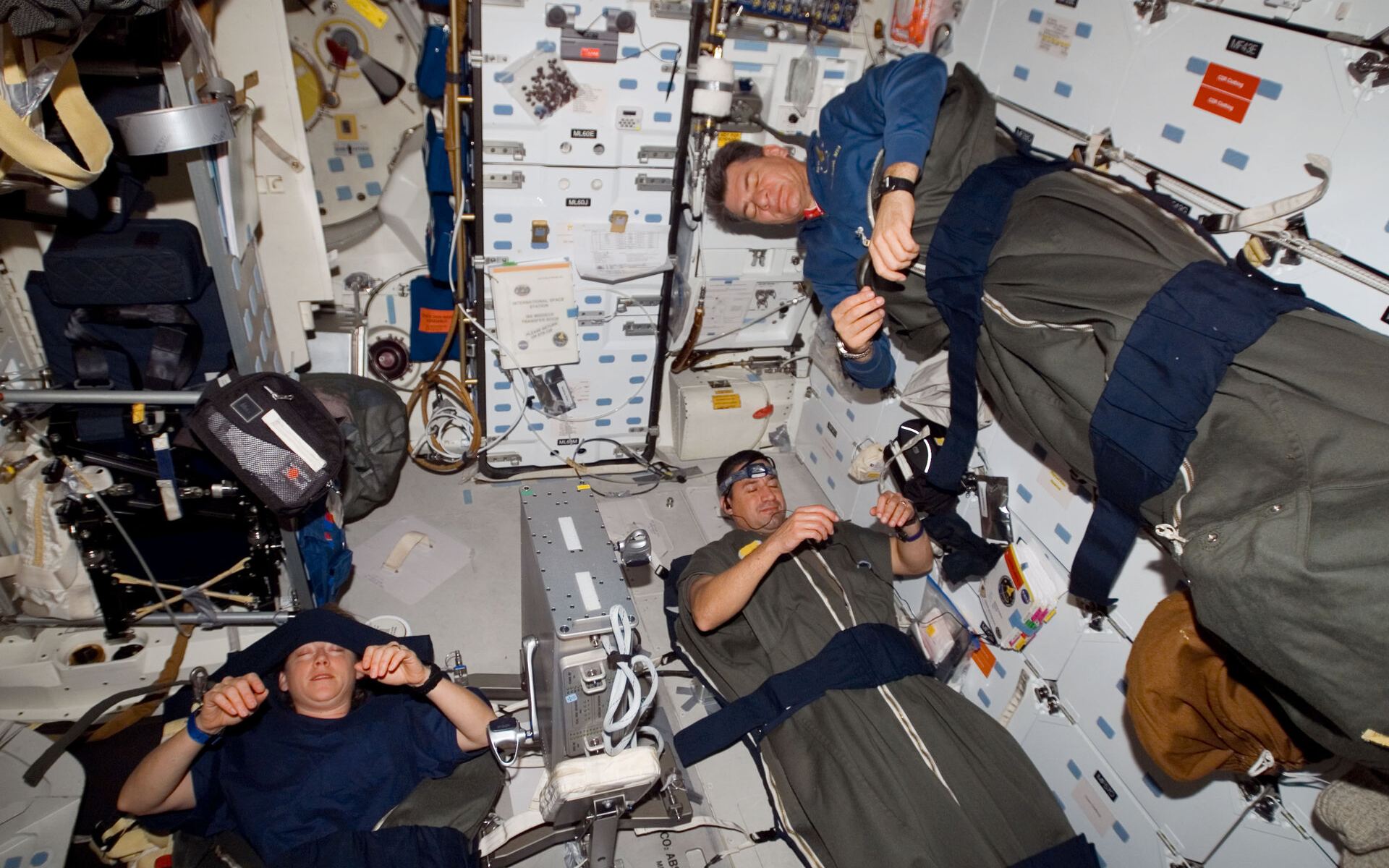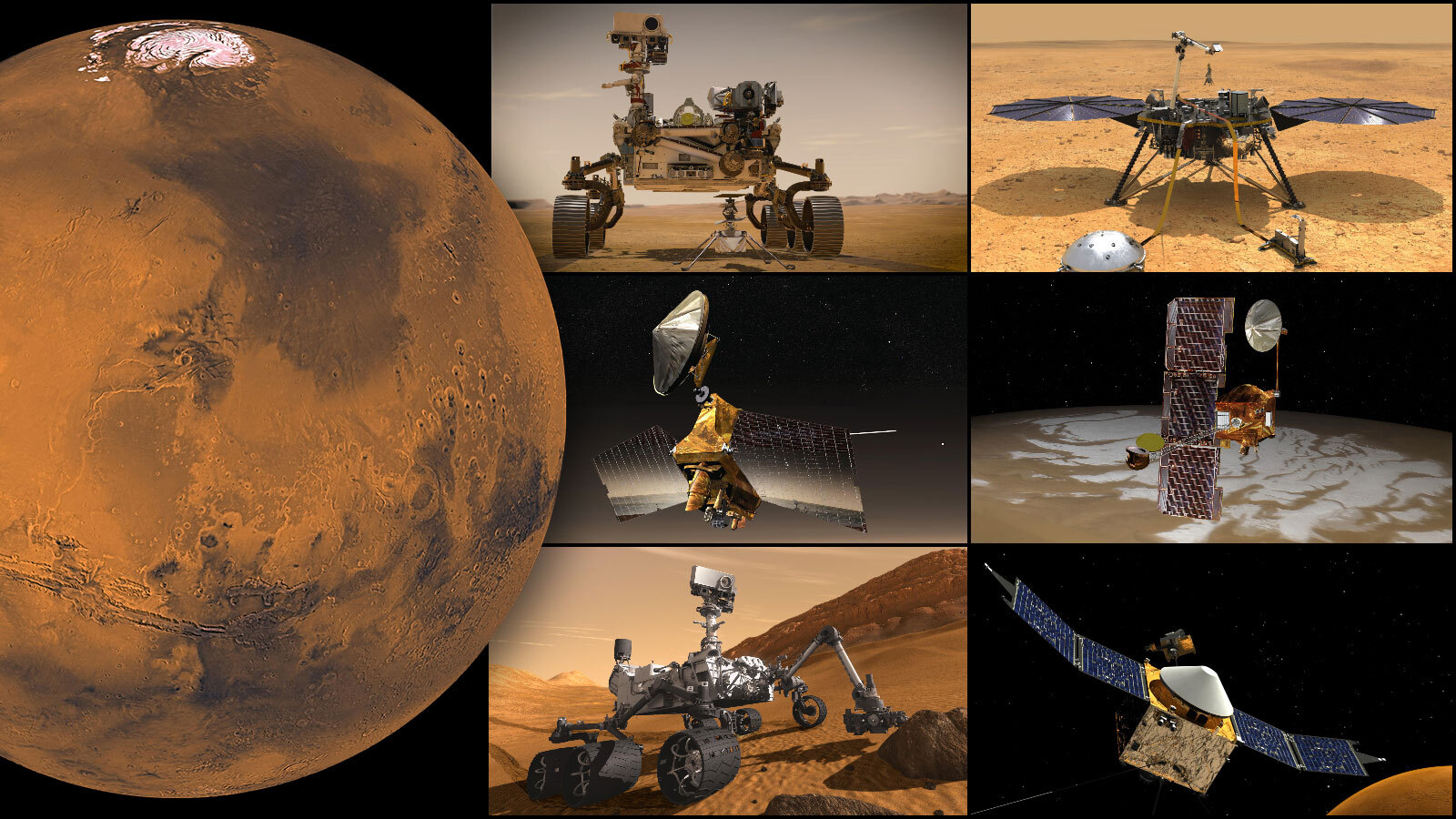Back in 2007, I talked with Rob Manning, engineer extraordinaire at the Jet Propulsion Laboratory, and he told me something shocking. Even though he had successfully led the entry, descent, and landing (EDL) teams for three Mars rover missions, he said the prospect of landing a human mission on the Red Planet might be impossible.
But now, after nearly 20 years of work and research — as well as more successful Mars rover landings — Manning says the outlook has vastly improved.
“We’ve made huge progress since 2007,” Manning told me when we chatted a few weeks ago in 2024. “It’s interesting how its evolved, but the fundamental challenges we had in 2007 haven’t gone away, they’ve just morphed.”
Continue reading “The New Mars Landing Approach: How We’ll Land Large Payloads on the Red Planet”






